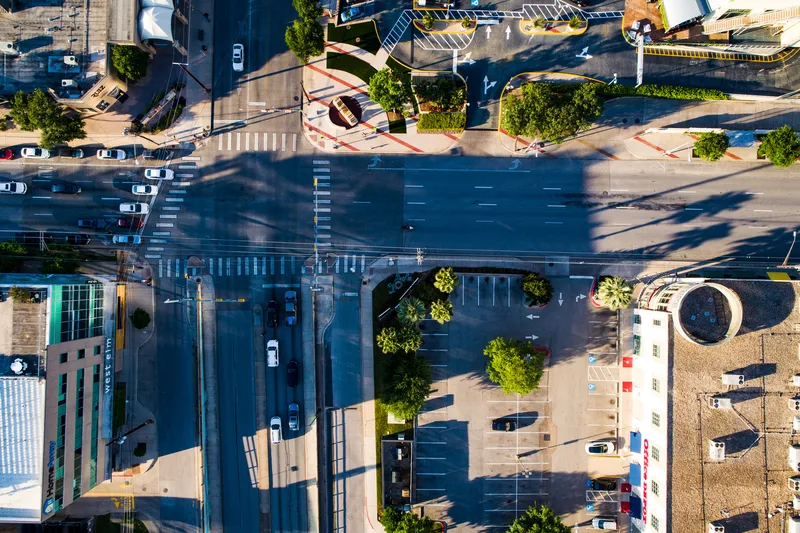The
TransCore designed and installed the central traffic control system in 21006, including the modernisation of intersection control equipment, implementation of a central traffic control system and support of the City’s wireless communications network.
The City’s US$120 million custom intelligent traffic system includes all five boroughs and manages recurring traffic congestion, incidents, special events, emergency responses and areas particularly susceptible to gridlock. Use of adaptive traffic control algorithms have already reduced travel times by ten per cent on key corridors.
TransCore’s TransSuite traffic control system also enables city traffic and maintenance engineers to share traffic data across multiple agencies in real time.
“To effectively manage the transportation demands of the largest city in the United States, we started with a vision that literally began in the 1980s. Today, that vision is coming to fruition,” said Mohamad Talas, deputy director of System Engineering at NYCDOT.
“New York City has always been a showcase for the deployment of innovative technologies to manage traffic on highly congested roadways,” said Michael Mauritz, TransCore’s senior vice president for Intelligent Transportation Systems (ITS) Solutions. “We congratulate the City on achieving this industry milestone and are grateful for the opportunity to serve as their technology partner.”
New York City, one traffic control centre, 10,000 intersections
The New York City Department of Transportation (NYCDOT) recently became the first in the world to actively manage and control more than 10,000 signalised intersections from a single traffic management centre and one integrated system.
TransCore designed and installed the central traffic control system in 21006, including the modernisation of intersection control equipment, implementation of a central traffic control system and support of the City’s wireless communications network.
The City’s US$120
September 9, 2014
Read time: 2 mins










